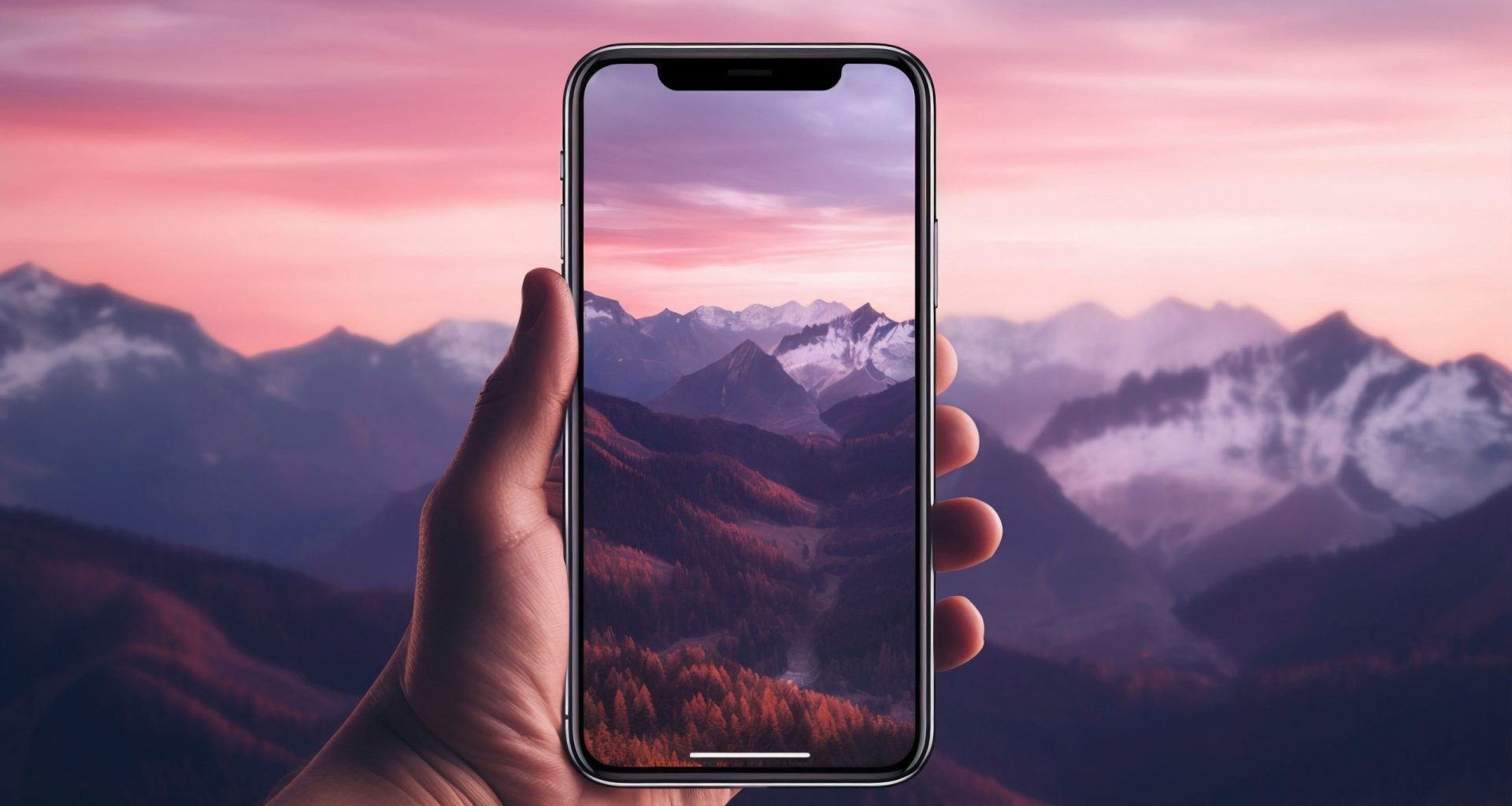In today’s digital era, the power of video cannot be overstated, especially in the music industry. As artists look for new ways to reach their audience, iTunes video distribution has emerged as a key tool. This platform offers a unique opportunity to showcase music videos and other visual content to a global audience. In this blog, we’ll explore everything you need to know about iTunes video distribution, from the basics to advanced strategies.
What is iTunes Video Distribution?
iTunes video distribution refers to the process of uploading, managing, and promoting music videos on the iTunes platform. This service is vital for artists who want to expand their reach and engage with fans through visual storytelling. Unlike traditional music distribution, which focuses on audio, iTunes video distribution emphasizes the visual aspects, making it an essential tool for musicians and video creators.
Why Choose iTunes for Video Distribution?
iTunes is a well-established platform with a massive global user base. It offers a reliable and secure environment for distributing music videos, ensuring that artists receive fair royalties and maintain control over their content. Here are some key reasons why artists prefer iTunes video distribution:
- Global Reach: With millions of users worldwide, iTunes provides a vast audience for your videos. This global reach allows artists to connect with fans from different cultures and backgrounds, fostering a diverse fanbase.
- High-Quality Streaming: iTunes offers high-definition streaming, ensuring that your videos look their best. High-quality visuals are crucial for creating a professional and engaging experience, making it easier to captivate viewers.
- Monetization: Artists can earn revenue through video sales and rentals on iTunes. This direct monetization model is advantageous for artists, as it provides a clear and transparent revenue stream.
- Comprehensive Analytics: iTunes provides detailed analytics, helping you understand your audience and optimize your strategy. These insights can guide your promotional efforts and content creation, ensuring your videos reach their full potential.
How to Distribute Your Videos on iTunes
To get started with iTunes video distribution, follow these steps:
- Prepare Your Video Content: Ensure that your videos meet iTunes’ technical specifications, including resolution, aspect ratio, and file format. Typically, iTunes requires videos to be in MOV format with Apple ProRes codec. Preparing high-quality content is the first step towards successful distribution, as it directly impacts viewer experience.
- Choose a Distributor: iTunes does not allow direct uploads from artists. Instead, you must work with an authorized distributor. These companies handle the technical aspects of distribution and ensure your videos meet iTunes’ standards. Working with a reputable distributor can simplify the process and provide additional promotional support.
- Upload and Metadata: Once you’ve chosen a distributor, upload your video and provide all necessary metadata, including title, description, genre, and release date. Accurate metadata is crucial for discoverability on the platform. It helps categorize your content correctly, making it easier for potential fans to find your videos.
- Quality Control and Approval: After submission, your distributor will review the content to ensure it meets iTunes’ guidelines. This process includes checking for audio and video quality, as well as ensuring that metadata is correctly formatted. Quality control is essential to maintain the platform’s standards and prevent any issues post-release.
- Launch and Promotion: Once approved, your video will go live on iTunes. Now, it’s time to promote it! Utilize social media, email marketing, and other channels to drive traffic to your iTunes page. Effective promotion can significantly increase your video’s visibility and engagement, leading to higher sales and rentals.
Best Practices for iTunes Video Distribution
To maximize the success of your iTunes video distribution efforts, consider these best practices:
- High-Quality Production: Invest in high-quality video production. A professional-looking video is more likely to attract viewers and retain their attention. Consider hiring a professional crew or using high-end equipment to ensure the best possible quality.
- Engaging Content: Your video should tell a story or convey a strong message. Engaging content is more likely to be shared and recommended. Whether it’s a music video, a behind-the-scenes look, or a documentary, make sure it resonates with your audience.
- Consistent Branding: Maintain consistent branding across all your videos. This includes visual elements like logos and color schemes, as well as consistent messaging. Consistency helps build a recognizable brand, making it easier for fans to connect with your content.
- Optimize Metadata: Use relevant keywords in your metadata to improve discoverability. Consider what terms your target audience might use when searching for content like yours. Proper keyword usage can increase your video’s chances of appearing in search results, boosting views and engagement.
- Regular Releases: Keep your audience engaged by releasing content regularly. This could be a series of music videos, behind-the-scenes footage, or interviews. Regular updates help maintain interest and build anticipation among your fans.
- Interactive Elements: Consider including interactive elements such as clickable links to your website or social media profiles. This can drive traffic to other platforms and increase engagement with your overall online presence.
- Collaborations and Features: Collaborating with other artists or featuring special guests in your videos can attract their fanbase to your content. This cross-promotion can significantly expand your reach and introduce your music to new audiences.
Monetizing Your Videos on iTunes
One of the biggest advantages of iTunes video distribution is the potential for monetization. Artists can earn revenue through various channels, including:
- Sales and Rentals: Viewers can purchase or rent your videos on iTunes. This direct transaction provides a straightforward revenue stream. Setting competitive prices and offering special deals can encourage more purchases and rentals.
- Bundling with Music: Consider bundling your videos with albums or singles. This can increase sales and provide additional value to your fans. For example, offering exclusive behind-the-scenes content with an album purchase can incentivize more buyers.
- Promotional Opportunities: iTunes often features new and popular videos on its homepage and genre pages. This exposure can significantly boost your visibility and sales. Engaging with iTunes’ promotional campaigns and collaborating on special events can further enhance your video’s reach.
- Special Editions and Extras: Offering special editions or extra content, such as commentary or alternate versions, can attract more viewers. Fans often appreciate additional content that provides deeper insight into the creative process.
Challenges and Solutions in iTunes Video Distribution
While iTunes video distribution offers many benefits, it’s not without its challenges. Here are some common issues and how to overcome them:
- Technical Requirements: Meeting iTunes’ technical specifications can be challenging. Work closely with your distributor to ensure all requirements are met. Regularly updating your knowledge of iTunes’ technical guidelines can help prevent any last-minute issues.
- Competition: The platform is crowded with content. Stand out by creating high-quality, unique videos that resonate with your audience. Investing in creative and innovative ideas can set your videos apart from the competition.
- Promotion: Simply uploading your video isn’t enough. Develop a comprehensive marketing strategy to promote your content and drive traffic. Utilize all available channels, including social media, email newsletters, and partnerships, to maximize exposure.
- Revenue Management: Managing and tracking revenue from sales and rentals can be complex. Utilize analytics and financial tools provided by iTunes and your distributor to keep track of your earnings. Regularly reviewing your financial reports can help you understand your income streams and plan for future releases.
- Legal Considerations: Ensure that all content, including music, visuals, and other elements, complies with copyright laws. Working with legal experts or advisors can help you navigate these complexities and avoid potential legal issues.
Conclusion: The Future of iTunes Video Distribution
The landscape of digital video distribution is constantly evolving. With new platforms and technologies emerging, artists have more opportunities than ever to reach their audience. However, iTunes video distribution remains a vital tool for musicians looking to showcase their work and connect with fans.
By understanding the platform’s benefits, challenges, and best practices, artists can effectively use iTunes to distribute their videos and grow their careers. Whether you’re an indie artist or a major star, iTunes offers a reliable and powerful platform for video distribution.
As technology advances and consumer behavior shifts, staying updated with the latest trends and strategies in video distribution is crucial. Embracing new formats, such as virtual reality or interactive videos, can open up exciting possibilities for creative expression and fan engagement.
In conclusion, iTunes video distribution is more than just a way to share your music videos; it’s a comprehensive platform for building your brand, connecting with fans, and generating revenue. By leveraging its features and following best practices, you can make the most of this powerful tool and take your music career to new heights.
For further reading, explore these related articles:
- Why Song Audio Gets Rejected from Streaming Platforms?
- Why Music Distribution Through Multiple Distributor Can Be Problematic?
- Platform-Specific Guidelines for Cover Art: Apple Music and Spotify
For additional resources on music marketing and distribution, visit Deliver My Tune.






